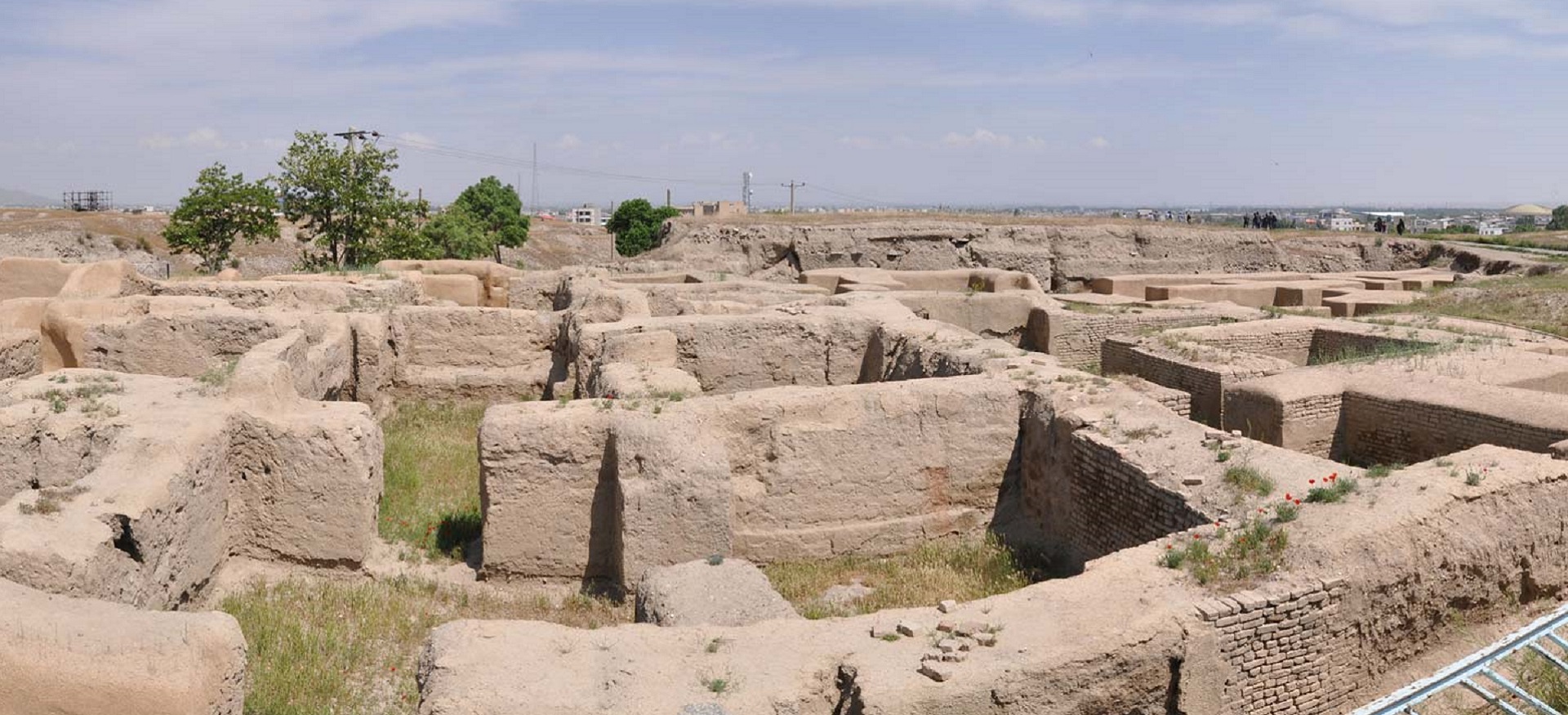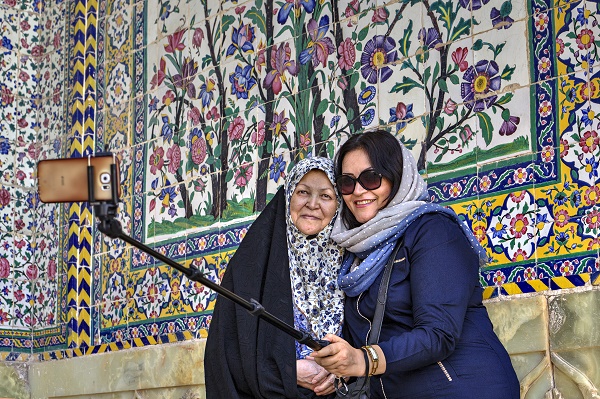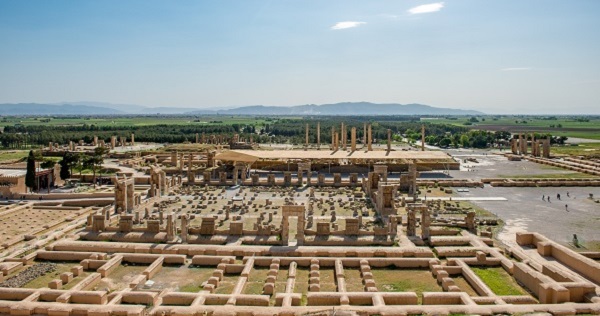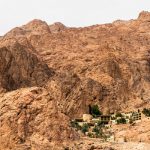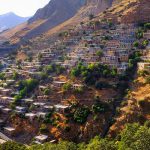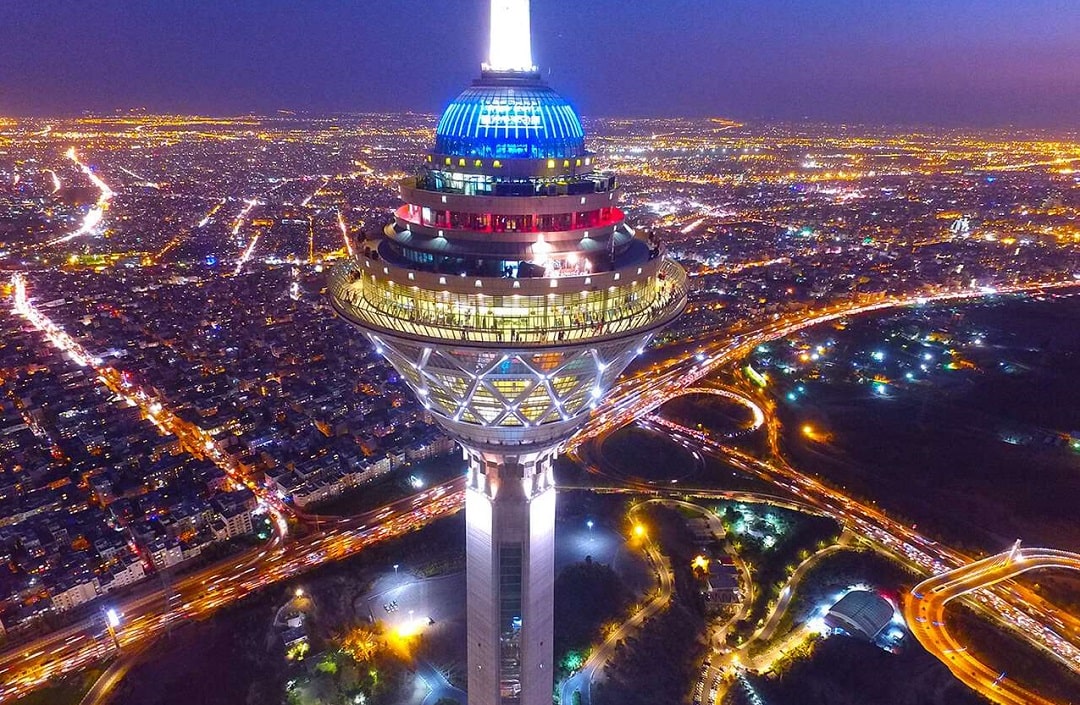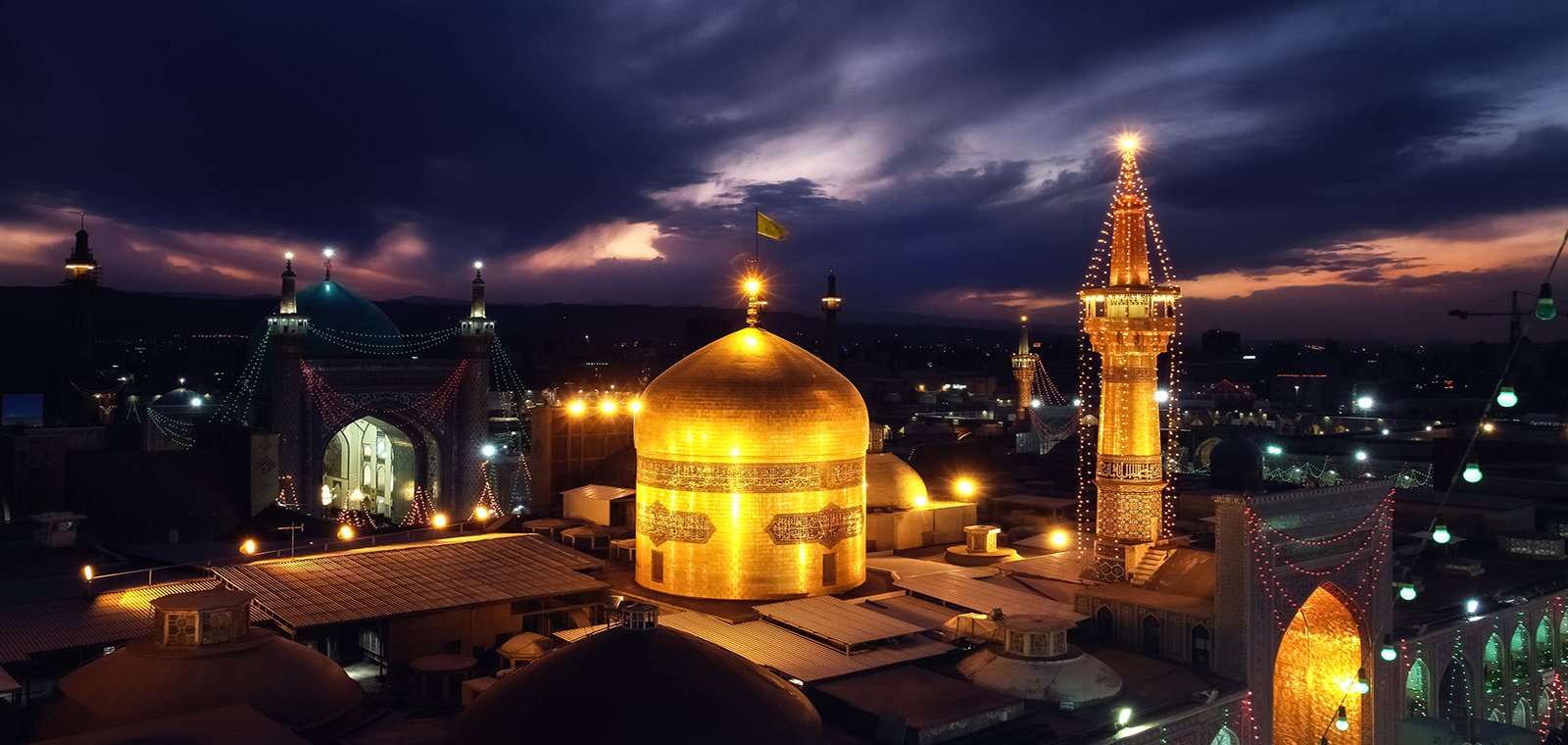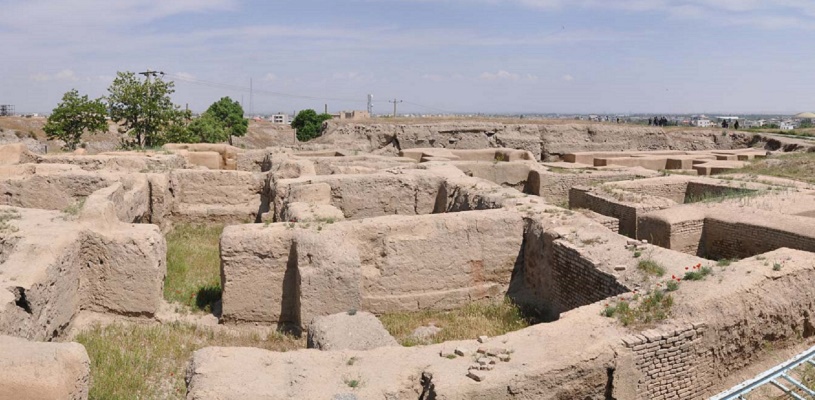
Hegmataneh Hill (Ecbatana) | Hamedan, Iran | Ancient Capital
Back in the 7th century BC, instead of the modern city of Hamedan, there used to an iconic city of the ancient world: Hegmataneh (also known as Ecbatana city or Hagmatana). As the first capital of the first Iranian empire, the Medes Empire (678 to 549 BC), Hegmataneh enjoyed full glory, wealth and fame. Of that magnificence, except for the precious relics that are kept in top museums around the world, only ruins remain on top of a hill in Hamedan’s city center. This over 3000-year-old site and the artifacts found there have given Hamedan the title of Iran’s capital of history and civilization. Follow me on this post to find out all you need to know about this historical treasure.
Contents
- 1 Why Visit Hegmataneh?
- 2 The Story of Hegmataneh – Ecbatana City
- 3 The Architecture of Hegmataneh – Ecbatana City
- 4 The Splendid Decorations of Hegmataneh (Ecbatana City)
- 5 Hegmataneh Relics – Some of the Relics Found in the Site of Ecbatana City
- 6 The Museum of Hegmataneh
- 7 More About Hegmataneh – Ecbatana City
- 8 Where to Eat Near Hegmataneh
- 9 Hegmataneh Tours
- 10 Cultural Heritage and Tourism Base of Hegmataneh
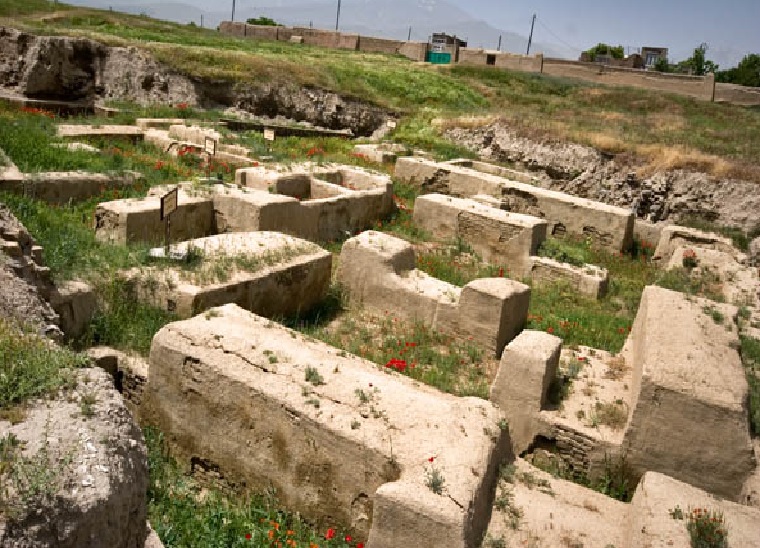
Ecbatana City – The remains of Hegmataneh photo
Why Visit Hegmataneh?
- It is the first capital of the first Iranian empire.
- You can visit the precious artifacts kept in the Museum of Hegmataneh.
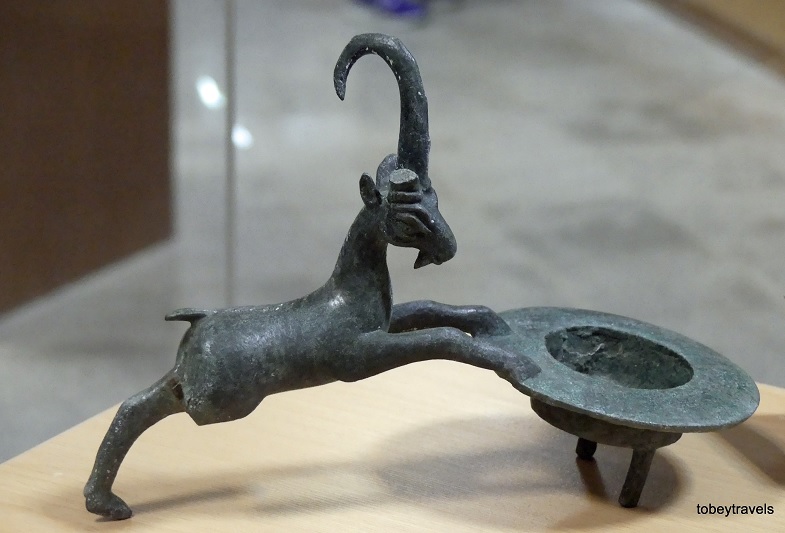
Ecbatana City Relics – A relic found in Hegmataneh photo
The Story of Hegmataneh – Ecbatana City
Hundreds of years before the birth of Christ (around 678 BC), a person known as Deioces rose up from his small village to become the founder of the first Iranian empire. With his reputed justice, capability and wisdom, he managed to unify an ancient Iranian people known as the Medes and establish a new kingdom. As they meant their state to be a gathering place for all, they named their capital city Hegmataneh, meaning ‘the gathering place’ or ‘a city for everyone’. So, Hegmataneh became the first capital of the first Iranian empire. The fortified palace Deioces built grew into a splendid city that later fell into the hands of Achaemenid Persians in 550 BC.
Cyrus the Great had Ecbatana as his summer court. Later, the Medes recaptured the city. But Darius the Great took it back and wrote about this victory in Behistun Inscription. Then, after centuries of outstanding position under different dynasties, Hegmataneh lost its significance after the Arab conquest of Iran. Mongol and Turkish invasions also led to the decline of the city. Finally, it was in mid-19th century that the city was recovered and totally redesigned by a German urban engineer. Today, what has remained of the once-glorious Ecbatana is an archaeological mound known as Hegmatana Hill.

Ecbatana City – Hegmataneh excavation sight photo
The Architecture of Hegmataneh – Ecbatana City
According to the Greek historian, Herodotus, the royal complex was on a hill and included a palace, a treasure house, and military buildings. The complex was made of 7 concentric walls that grew in height as you approached the center. So, if you stood on an inner wall, you had a commanding view of the outer wall. Each wall had the color of a certain planet. A layer of gold and silver coated the 2 innermost walls. And the outermost wall was as long as that of classical Athens. The remains also show that the outer 8-meter-tall wall included watchtowers in certain distances. The concentric design of the castle made it like 7 nested castles with separate uses and inhabitants. Obviously, the king lived within the 7th and innermost wall for security reasons.
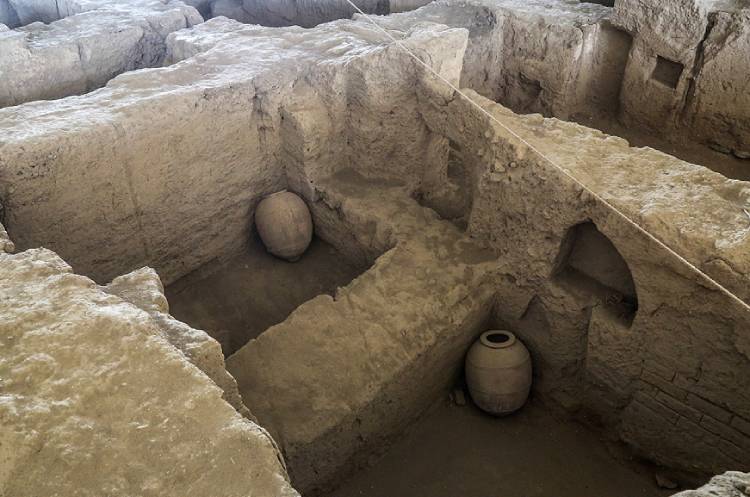
Hegmataneh Attractions – A room in Ecbatana city photo
Excavations show that they used adobe and brick in different sizes for building the city. Also, the houses of common people had a very well-organized plan. These square houses had a central yard around which they built chambers and storehouses in a symmetrical form. The findings also showed a genius water supply network.
The Splendid Decorations of Hegmataneh (Ecbatana City)
Polybius, Justin, Xenophon, and Ctesias are of the historians that have written about Hegmataneh. According to them, the seven-layered city featured different colors on top of each wall. The merlons on the first and outermost wall were white. On the second, they were black, on the third they were purple, on the fourth they were blue, on the fifth they were orange, on the sixth they were silver, and on the seventh they were gold.
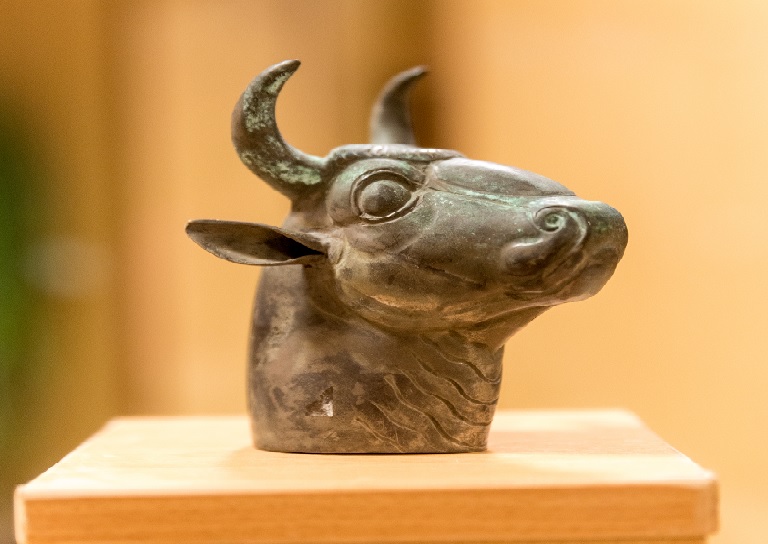
Hegmataneh Attractions – An ancient artifact found in Ecbatana City photo
Polybius describes the city this way: “Ecbatana is situated on the skirts of Mount Orontes. It contains an artificially formed citadel fortified to an astonishing strength. Beneath this stands the palace, which it is in some degree difficult to describe in detail, or to pass over in complete silence. The costliness of the structure in its several parts testifies to the wealth of its original builders. Because all its woodwork being cedar or cypress not a single plank was left uncovered.
Beams in the ceilings, and columns in the arcades were covered with plates of silver or gold, while all the tiles were of silver. Most of these had been stolen during the invasion of Alexander, and the rest in the reigns of other Greek kings. However, even at the time of Antiochus’s arrival, the temple of Aena still had its columns covered with gold. Plus, a considerable number of silver tiles had been piled up in it, and some few gold bricks and a good many silver ones were still remaining.”
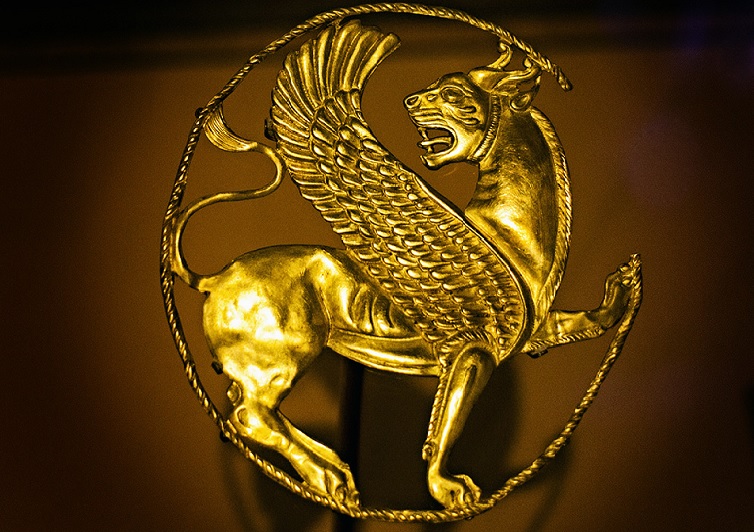
The Gold Lion kept in Louvre Museum photo – Hegmataneh Relics
Hegmataneh Relics – Some of the Relics Found in the Site of Ecbatana City
The Gold Tablet of Ariaramnes: This gold tablet features a 10-line text in cuneiform that documents the reign of Ariaramnes (a great uncle of Cyrus the Great) and his son. The French archaeologist Roman Ghirshman believes this tablet to be the oldest Achaemenid relic ever found. The tablet is now in a museum in Berlin.
The Gold Plates of King Darius: One of these golden plates has 23 lines in cuneiform and the other 29 lines. They are the perfect examples of ancient record keeping using metal plates. These two relics are now in the National Museum of Iran.
The Persian Lion Rhyton: This Achaemenid golden lion is one of the most valuable artifacts found in Hegmataneh. This significant work of art is now in the National Museum of Iran.
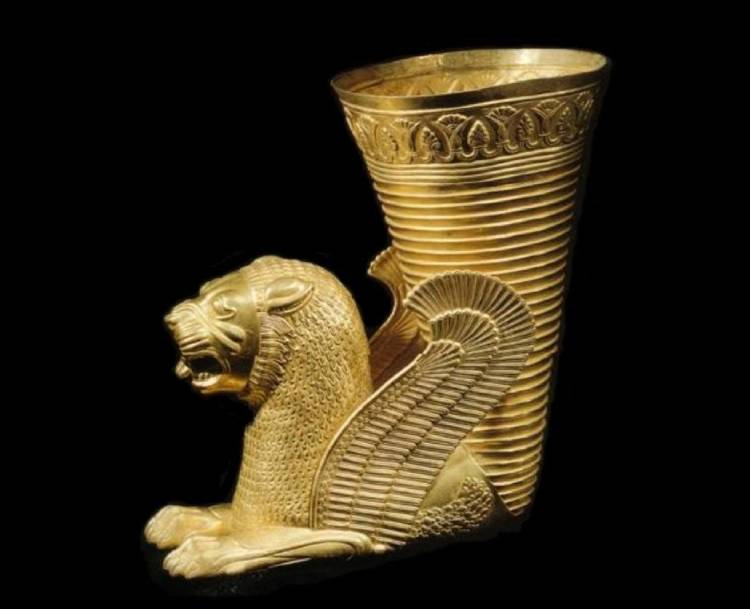
The Persian Lion Rhyton – Ecbatana City Relics
The Museum of Hegmataneh
The Museum of Hegmataneh is on the eastern side of Hegmataneh Hill. Based on the type of artifacts and ancient relics kept in the museum, the museum divides into two sections: ancient history and Islamic history. The relics were either found in excavations of the Medes capital or bought, presented or confiscated. Stone and clay artifacts make up the majority of the objects in this museum.
On the right hall, you can find bases of Achaemenid pillars (like a base from the time of Artaxerxes II with a cuneiform inscription on it), 2 stone and glass stamps from the pre-Islamic era, and an Achaemenid bull head. In the central and left hall, you can find relics like stone and clay coffins from Parthian Empire (247 BC to 224 AD), jars and decorative stones with beautiful patterns, and tombstones from different Islamic periods.
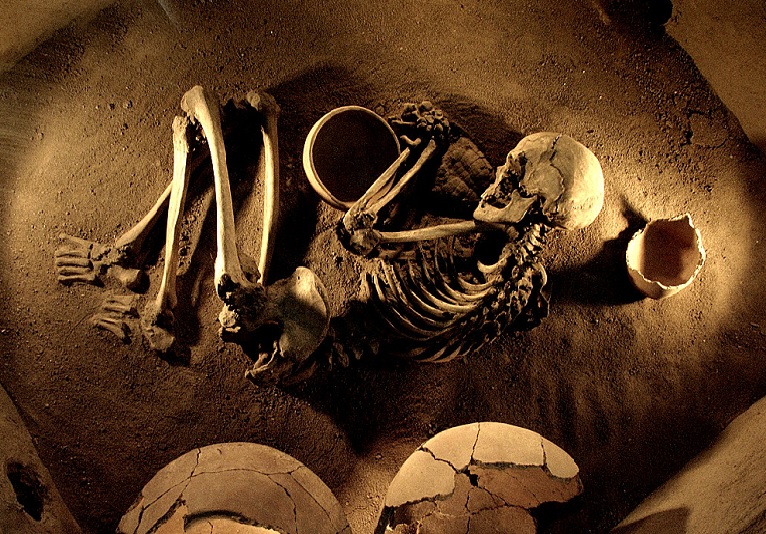
Ancient skeleton kept in the Museum of Hegmataneh photo
More About Hegmataneh – Ecbatana City
Visit Hours
Spring and Summer: 9 a.m. to 8 p.m.
Fall and Winter: 9 a.m. to 6 p.m.
Visit Days
Every day except some public holidays
When to Visit
Hamedan has a moderate weather in Spring and Summer, but Winters are cold and snowy. So, I definitely recommend a visit in the warmer seasons of the year. Plus, from around early August to mid-September, Hamedan treats its visitors to a range of handicraft and herbs exhibitions.
The Nearby Attractions
In the beautiful Hamedan, you can find a collection of popular sites. As a main pilgrimage site for Iranian Jews and an interesting place for non-Jews, the Tomb of Esther and Mordechai is worth a visit. Alaviyan Dome, a perfect example of the unique architecture of Islamic period, is also one of the best choices in Hamedan. Plus, Baba Taher Mausoleum will present you the charms of Persian Sufi poetry and Avicenna Mausoleum will introduce you to a world-known genius of the world of medicine.
Where to Eat Near Hegmataneh
Ordibehesht Restaurant
Aryaeiyan Traditional Restaurant
Shandiz Haji Restaurant
Shandiz Restaurant
Hegmataneh Tours
Cultural Heritage and Tourism Base of Hegmataneh
Keywords: Darius golden tablet, Ecbatana meaning, Ecbatana location

